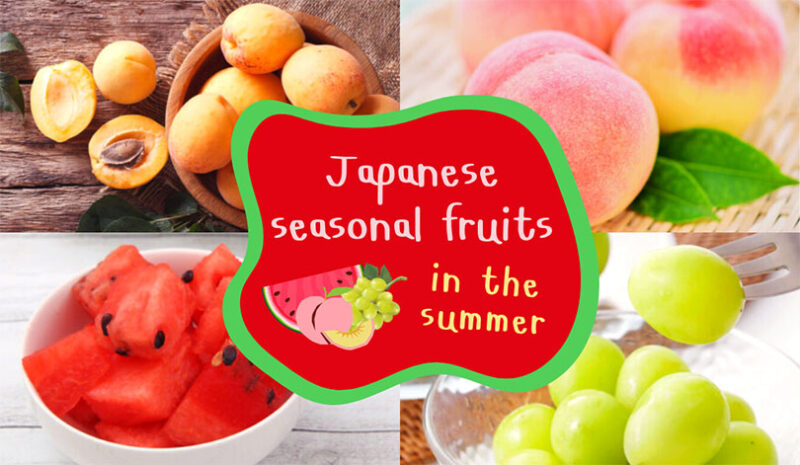Osechi Ryori : Japan’s traditional New Year food
Jan 01, 2021
Osechi Ryori : Japan’s traditional New Year food

Have you ever heard of ‘Osechi Ryori’ before?
Osechi Ryori is Japan’s traditional New Year food and it’s what most Japanese people eat on January 1 and sometimes up to January 3 or 4.
Made of various ingredients, each one has different meaning.
The foods included in osechi can be prepared in advance and kept in a cool area for a few days without spoiling.
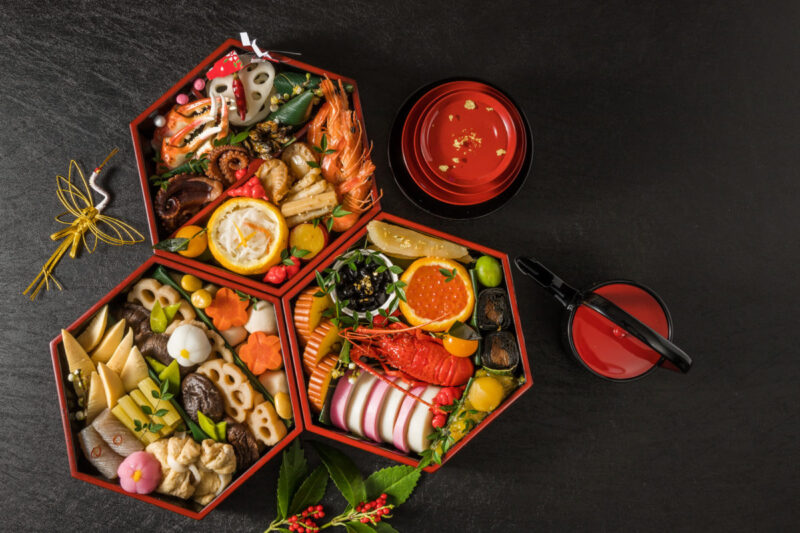
Most osechi is placed in beautiful lacquer boxes that are stacked in layers.
Local produces were used to make osechi in the olden days, but recently osechi are usually made of seafood.
These days most Japanese order osechi ryori sets from department stores or local shops.
Now, let’s check what some of the items signify!
Index
- 1. Kohaku Kamaboko and Datemaki
- 2. Kuri Kinton and Kuromame
- 3. Kobumaki
- 4. Tazukuri
- 5. Kazunoko
- 6. Ebi
1. Kohaku Kamaboko and Datemaki
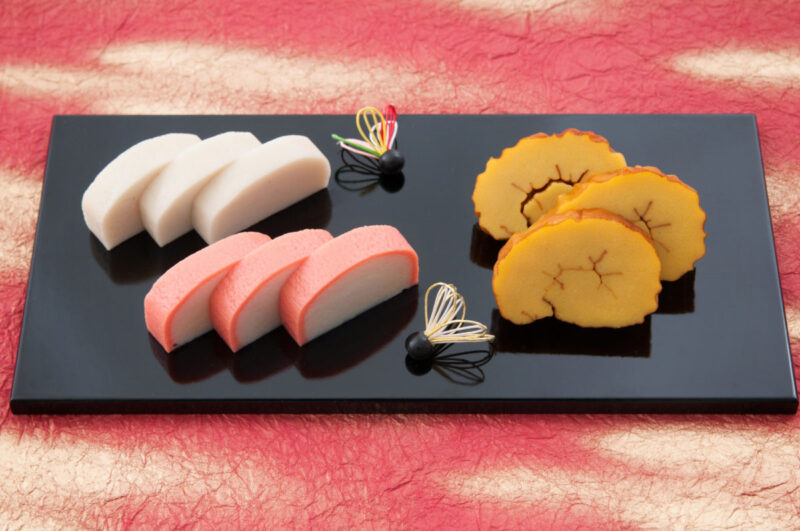
Kohaku kamaboko is a red and white fish paste, and their round shape resembles the first sunrise of the New Year.
The pink and white colors of the kamaboko are considered to bring good luck as red wards off evil and white means purity.
Datemaki is a rolled omelet mixed with fish paste. In the olden days, Japanese rolled important documents into scrolls, and since this shape resembles a scroll, it means the flourishing of learning and culture.
2. Kuri Kinton and Kuromame

Kuri Kinton are mashed sweet potatoes with chestnuts, and they symbolize economic fortune.
Japanese believe eating this will bring good luck and prosperity for the New Year.
Kuromame are black beans, and Japanese eat these to pray for good health.
3. Kobumaki
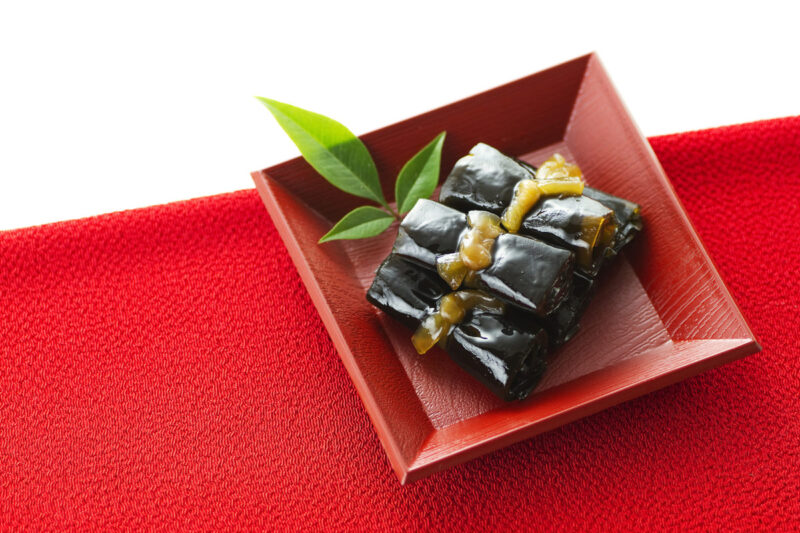
Kobumaki are sliced dried herrings or other fish wrapped in konbu seaweed and boiled.
Kobumaki is one of the essential items in osechi. Kobu derived from the word ‘Yorokobu’, so it simply means happiness.
Also considered as a symbolism of longevity, Japanese believe eating these are good for health.
4. Tazukuri
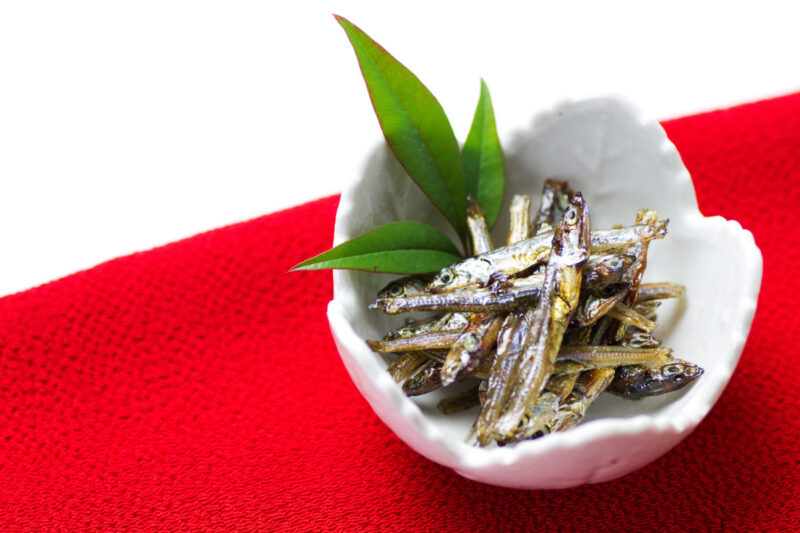
Tazukuri are candied sardines or anchovies, and in the olden days, farmers used dried sardines for an abundant harvest in the fields.
They are also often eaten to pray for a good harvest in the coming year.
5. Kazunoko
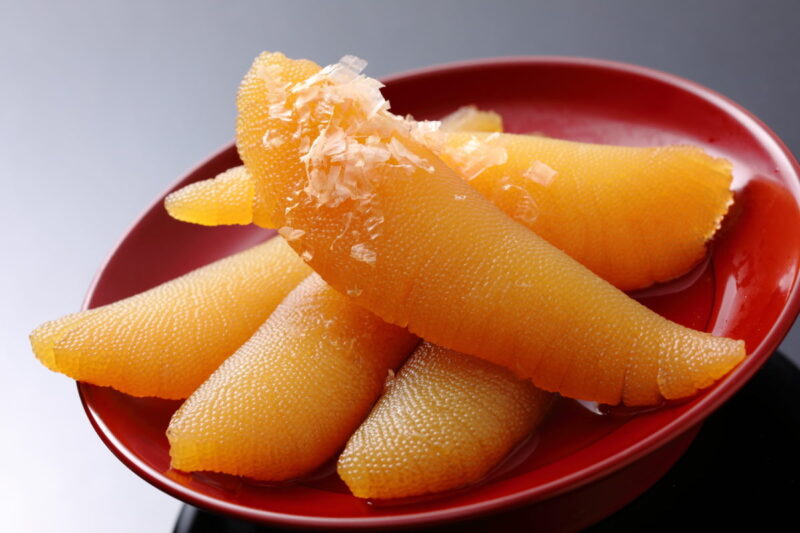
Kazunoko is herring roe and it contains many eggs. It represents the hope for abundant harvest and well-being of one’s descendants.
6. Ebi
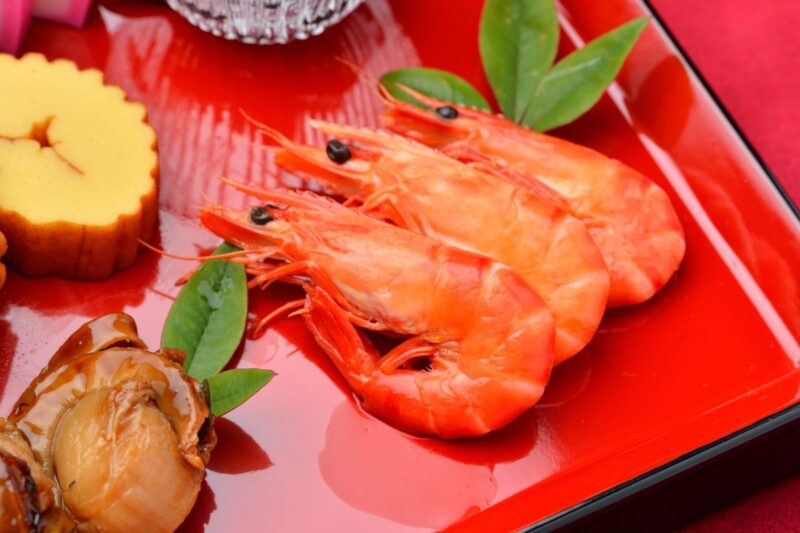
Prawns or shrimps are eaten to pray for a long life until you have a bent back and long beard like prawns and shrimps.
The items we introduced are just the tip of the iceberg.
*.。.*゚*.。.*゚*.。.*゚*.。.*゚*.。.*゚*.。.*゚
If you’ll visit Japan before New Years, make sure to stop by the department stores to see how pretty the Osechi Ryori sets look!

